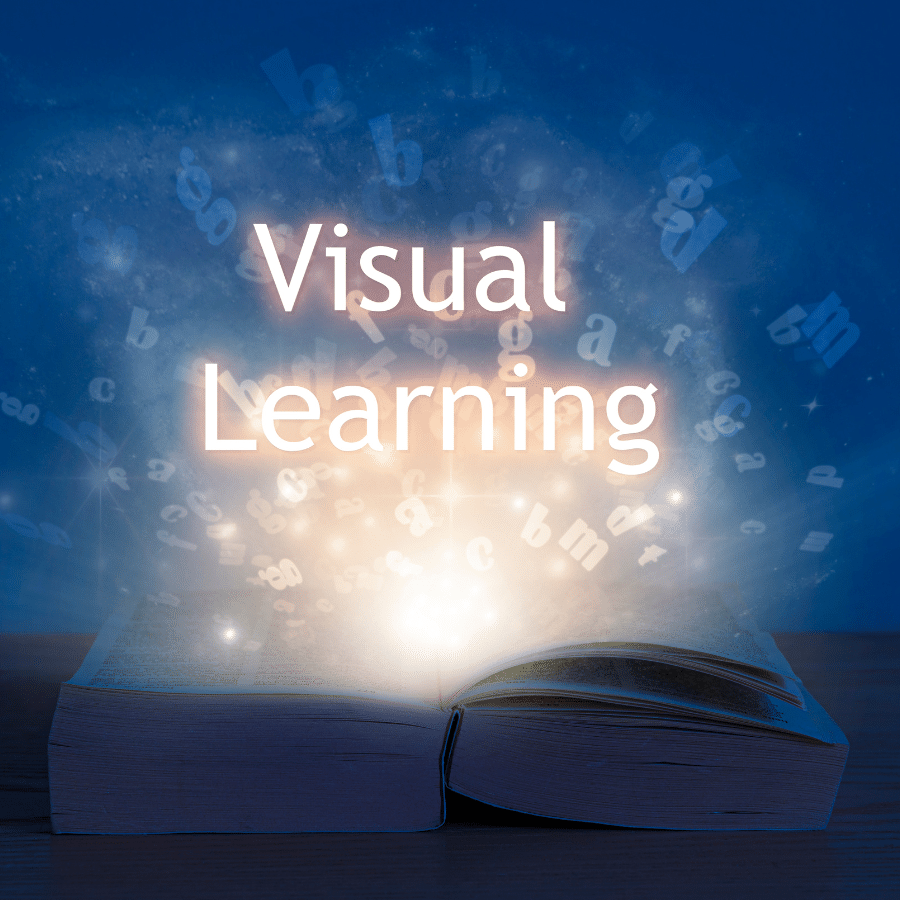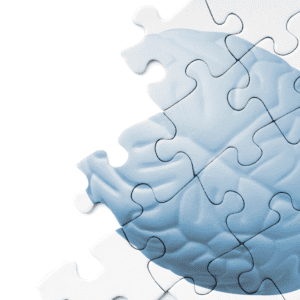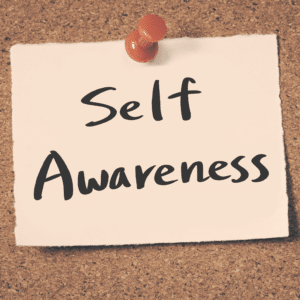개요
어떤 사람들은 정보를 듣고 적어야 할 때 더 잘 배운다는 것을 알게 됩니다. 다른 사람들은 눈앞에 있는 정보를 보고 적어야 할 때 더 잘 배웁니다. 또 다른 사람들은 청각적 자극과 시각적 자극이 동시에 제공될 때 가장 잘 배웁니다. 시각적 학습자라면 눈만 사용하여 효과적으로 공부할 수 있는 방법이 있습니다.자료를 시각화하세요.
Visual learners can take advantage of their skills by visualizing the material. When you visualize, you turn what you’re learning into images in your mind. Visualize the material in 3D, like a movie or video game: How do the characters look? What are they wearing? What’s around them? Are there any sounds or music playing in the background? Use all five senses (sight, smell, taste, touch and hearing) when creating your mental picture(s): This will help make it more realistic and memorable for you when studying later on!텍스트 사진을 찍으세요.
Take a picture of the text. If you’re a visual learner, taking pictures of your notes is one of the most effective ways to study. You can use your phone or camera to take pictures of the pages in your textbook and then save them on your computer. Or, if you have access to a scanner at home or school, scan each page into PDF format so that it’s easy for you to access later when studying! Once all these steps are done, print out all these images (or just save them digitally). Place everything in a binder or folder so it’s easy for you to find when needed!색상, 모양, 이미지를 활용해 사실과 개념을 기억하세요.
- 색상, 모양 및 이미지를 사용하여 사실과 개념을 기억하세요. 예를 들어, 오감에 대한 시험을 공부하는 경우, 다양한 색상의 펜을 사용하여 노트의 각 섹션에 있는 중요한 정보를 강조할 수 있습니다. 노트를 색상이나 모양에 따라 섹션으로 구성할 수도 있습니다(예: 빨간색 = 맛, 파란색 = 촉감). 마지막으로 마인드 맵이나 다이어그램을 만들어 개념이 서로 어떻게 시각적으로 연관되어 있는지 시각화해 보세요. 이렇게 하면 나중에 기억하는 데 도움이 됩니다!
마인드맵을 만들어 정보와 아이디어를 정리하세요.
- 마인드 맵은 정보와 아이디어를 정리하는 데 도움이 되는 다이어그램입니다. 브레인스토밍, 개요 작성, 시험 공부, 배운 것을 기억하는 데 사용할 수 있습니다.
- 마인드 맵은 시각적 학습자에게 좋습니다. 학생들이 주제의 모든 조각이 한곳에서 어떻게 맞춰지는지 볼 수 있기 때문입니다. 예를 들어, 마인드 맵에 중심(또는 "주요 아이디어")에서 이어지는 5개의 가지가 있는 경우 각 가지는 이 주요 요점을 뒷받침하거나 확장하는 아이디어나 개념을 나타냅니다.*
- 교과서의 특정 장을 읽은 뒤나 수업 시간에 메모를 한 뒤 마인드맵을 만들어 공부 루틴의 일부로 활용할 수 있습니다.*
교과서의 중요한 부분을 스티커 노트나 연필로 강조 표시하세요.
- 형광펜을 사용하여 교과서의 가장 중요한 부분을 표시하세요.
- 색연필을 사용하여 중요한 단어, 문구, 개념 주위에 화살표나 원을 그립니다.
- 책의 뒷부분에서 기억하고 싶은 핵심 요점을 적기 위해 부착 메모를 사용하거나, 다가올 시험/퀴즈/시험에 유용할 수 있는 정보가 있는 페이지에 붙이기만 해도 됩니다!
철자나 발음을 모르는 핵심 단어와 구문을 적어보세요.
Write out the word or phrase phonetically. Write the word or phrase in your own handwriting, phonetically, so that you can see how it sounds when spoken aloud. Then use a dictionary to help you spell it correctly and find an online video that will help you pronounce it correctly.시각 학습자는 이러한 기술을 사용하여 더 나은 학습을 도울 수 있습니다.
- 시각적 학습자는 시각적 보조 자료를 활용할 때 더 잘 학습합니다.
- 시각적 학습자는 듣는 것보다 보는 것을 기억할 가능성이 더 높으므로, 시각적 학습자이고 기억력을 향상시키고 싶다면 공부를 위한 플래시카드나 다른 시각적 도구를 만들어 보세요. 컴퓨터에 입력하는 대신 손으로 메모를 할 수도 있습니다. 이렇게 하면 속도를 늦추고 각 단어가 페이지에 표시될 때 집중해야 하므로 반복을 통해 기억에 각 단어가 굳어지는 데 도움이 됩니다.
- 가능하다면 앉는 곳 주변에 빈 공간이 많이 생기도록 작업 공간을 정리하세요. 책상 위에 물건이 너무 많으면 깔끔할 뿐만 아니라 모니터나 책꽂이와 같은 물건과 벽 사이의 공간이 적어 학습할 공간도 줄어듭니다.









